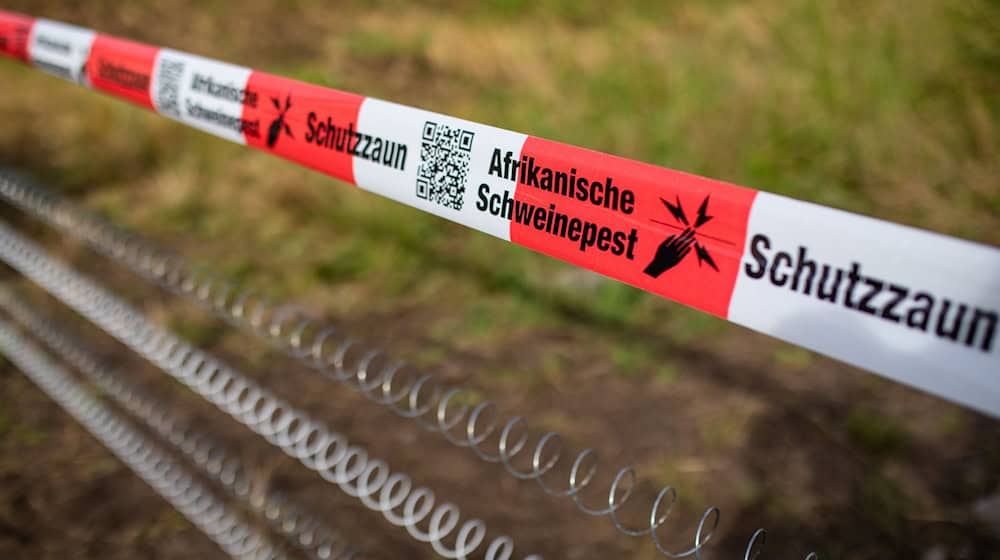All cases have been identified in the Olpe district. According to the animal disease database of the Friedrich-Loeffler-Institut (Germany’s reference laboratory), five of the infected animals were young (under one year old) and one was an older sow.
Western Germany Faces New Wave of ASF Threats
The emergence of ASF in NRW — Germany’s most populous state — signals a serious warning for the pig industry. The virus continues to advance across the country. In mid-2024, ASF was detected near Frankfurt-am-Main, approximately 150 km south of the current outbreak in Olpe. The latest developments have raised concerns among farmers in neighboring Belgium and the Netherlands, whose borders lie just 150 km from the outbreak zone.
Improvements in Saxony: A Temporary Relief
While the situation in western Germany intensifies, the eastern state of Saxony is seeing signs of stabilization. Authorities have officially lifted the ASF quarantine in the Görlitz district — the region most severely affected by the virus. Since the first ASF case there in October 2020, almost 1,500 infections were recorded in Görlitz alone, with nearly 2,400 cases across Saxony. The end of the quarantine marks a major milestone after five years of intensive control measures.
ASF Remains a Significant Threat
Despite the success in Saxony, authorities warn that ASF continues to pose a serious risk. Given the region’s proximity to Poland and the Czech Republic — both high-risk areas — the likelihood of reintroduction remains high. The detection of ASF in North Rhine-Westphalia in mid-June confirms this ongoing threat.
With the virus now present in both eastern and western regions of Germany, ASF continues to challenge the national pig sector. German veterinary services stress the importance of strict biosecurity and active surveillance to prevent further spread and protect the livestock industry.
pigprogress.net



